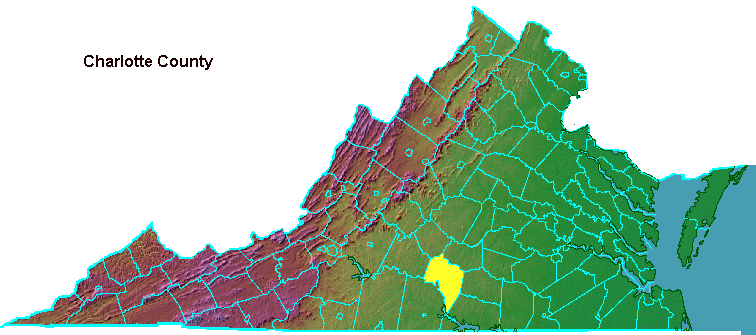

King George III took the throne after his grandfather died in 1760. At the time, the 22-year old king was unmarried - except according to one claim, which to be completely false, he married a beautiful young Quaker woman, Hannah Lightfoot, in 1759, before he married Princess Charlotte. After he became king, that reputed marriage was hushed up and Hannah's three children were never considered in the line of succession.
Having an heir was the most important issue during George III's first year on the throne. Foreign policy was entangled with family connections, and it was necessary to select a queen who cemented the right political alliances as well as produced an heir.
George III's ministers searched for a suitable bride and ended up "importing" Princess Charlotte of Mecklenburg-Strelitz. The king saw her for the first time on the afternoon of the day they were married, September 8, 1761. She may have been plain, or even "formidable ugly,", but together they had 15 children. The future George IV arrived 11 months after the marriage, and George II was a faithful husband - unlike his grandfather or great-grandfather.
Queen Charlotte was a German princess, but reportedly descended from Alfonso III of Portugal. It is speculated that he established a relationship with a daughter of a Moor, after capturing the town governed by her father in the Reconquest of Iberia, and Princess Charlotte of Mecklenburg-Strelitz was related to a son born by the king's concubine. Claims that the Queen of England was "black" because she had any genetic tie to a Moor are comparable to Virginia's "one drop" rule for identifying racial status based on African ancestry.
During her reign, Queen Charlotte was perceived as having physical characteristics similar to Africans. According to an assessment of her heritage published in the Washington Post:1
Charlotte County was created in 1764. The county seat, Charlotte Court House, was settled in 1756 - near the beginning of the French and Indian War. The settlement's original name ("The Magazine") reflects its initial importance for military storage, when this county was near the frontier of European settlement. Three other names were applied to the community before Charlotte Court House was adopted in 1901.
The Caldwell settlement in what is today Charlotte County was started by John Caldwell. He ws the grandfather of Vice-President and southern rights advocate John C. Calhoun - the C. stood for "Caldwell." John Caldwell, with the sponsorship of the Presbyterian Synod of Philadelphia, obtained a grant for 30,000 acres on Cub Creek from Governor William Gooch.
Gooch was interested in recruiting settlers to live on the frontier, providing physical security for the plantations closer to the shoreline and stimulating economic development in the colony. The Presbyterians were willing to on the edge of European settlement, if the land was cheap and if they were granted the right to worship in their own manner. The Presbyterians were dissenters, with different religious ceremonies from the Anglicans (the official or "established" church of the colony) and a different form of church administration.